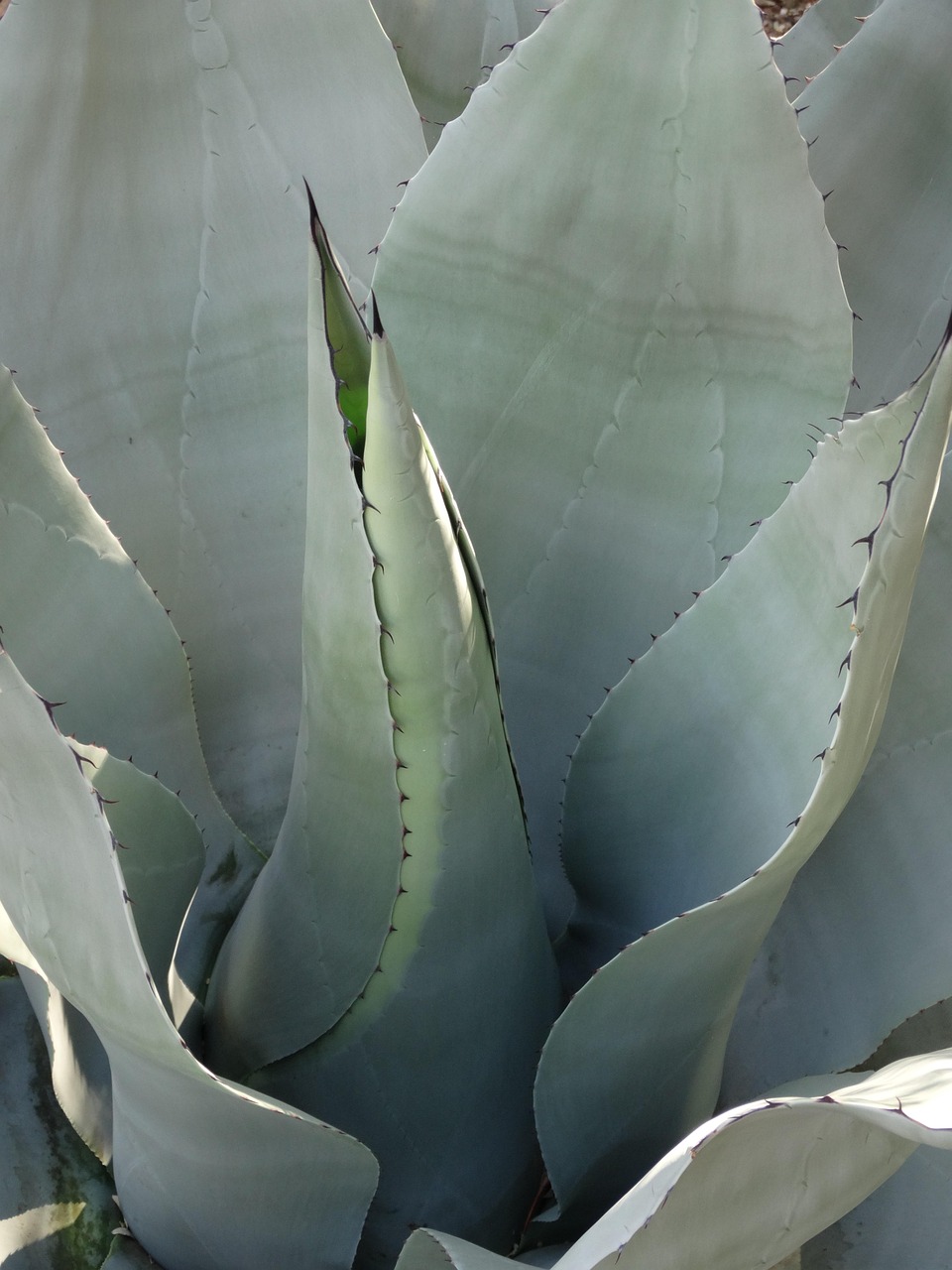
The agave, with its sculptural rosettes and spiky majesty, has captivated plant enthusiasts for centuries. Often mistaken for cacti, these architectural wonders bring a touch of the desert’s drama to any landscape. But unlocking their full potential requires a deeper understanding of their needs. This ultimate guide will be your compass, navigating you through agave cultivation, from choosing the perfect specimen to coaxing out its stunning results.
Unveiling the Agave’s Allure

Agaves boast a remarkable diversity. Some, like the Queen Victoria agave, resemble giant pincushions, while others, like the foxtail agave, resemble exploding fireworks. Their leaves, ranging from silvery blue to deep emerald green, can be adorned with intricate patterns. These succulents are slow growers, but their patient maturation is rewarded with a spectacular finale – a towering bloom stalk erupting from the center, often followed by the agave’s peaceful demise.
Choosing Your Agave Champion
With over 200 species to choose from, selecting the right agave can feel daunting. Here’s your roadmap to finding your perfect match:
- Sun worshippers: Agaves crave sunshine. If your garden is bathed in sunlight, consider the majestic century plant (Agave americana) or the vibrant Queen Victoria agave (Agave victoriae-reginae).
- Compact companions: For smaller spaces, explore the spiky charm of the hedgehog agave (Echinagave rigida) or the whisker-like beauty of the filifera agave (Agave filifera).
- Cold tolerance: Live in a cooler climate? The Parry’s agave (Agave parryi) can withstand temperatures dipping as low as -20°F!
Note: Consider your agave’s mature size when selecting a planting location.
Crafting the Perfect Agave Abode
The foundation: Drainage is paramount for agaves. Opt for a well-draining, sandy or gravelly soil mix. Clay pots with drainage holes are ideal for container plantings.
Sun-drenched haven: Provide your agave with at least 6-8 hours of direct sunlight daily. South-facing locations are prime real estate.
Hydration strategy: Agaves are champions of drought tolerance. Deep watering followed by long periods of dryness is the key. Avoid soggy soil, as this can lead to root rot.
Winter slumber: During dormancy (usually winter), watering needs decrease significantly. Protect container-grown agaves from freezing temperatures by bringing them indoors or providing adequate insulation.
Nurturing Your Agave to Thrive
Food for champions: While agaves are not heavy feeders, a yearly application of a balanced, slow-release fertilizer formulated for cacti and succulents can give them a gentle boost.
Sharpening those spines: Agave leaves can have a fierce reputation. To avoid accidental pricks, use gloves when handling your plant.
Nature’s call: Agaves are generally pest and disease resistant. However, keep an eye out for agave snout weevils, which can be controlled with insecticidal soap or neem oil.
The Pups: Propagating Your Agave Legacy
Many agaves produce offsets, or pups, at their base. These pups can be separated from the mother plant to create new agaves. Here’s how:
- Wait for the pup to mature: Allow the pup to reach at least 3-4 inches in diameter before separation.
- Sharpen your tools: Use a sterile knife or pruner to carefully detach the pup from the mother plant.
- Healing touch: Allow the pup’s wound to callous over for a few days before planting it in a well-draining potting mix.
Remember: Propagated pups may take several years to reach their full potential.
Witnessing the Agave’s Grand Finale: The Bloom
The agave’s bloom is a spectacular event, often referred to as a “century bloom” due to the misconception that all agaves flower after a hundred years. The truth is, the flowering timeline varies depending on the species, with some blooming after just a few years while others wait decades.
The bloom itself is a towering stalk, sometimes reaching heights of 20 feet or more, adorned with hundreds of greenish-yellow flowers. This magnificent display attracts pollinators like bats and hummingbirds. However, flowering marks the end of the main rosette’s life cycle. But fear not, the pups you nurtured will carry on the legacy!
The Agave’s Enduring Gift
The agave’s journey may culminate in its central
rosette’s demise, but its legacy extends far beyond that single bloom. Here’s how these sculptural succulents continue to enrich our lives:
- Agave Nectar: The sap of some agave species, particularly the blue agave (Agave tequilana), is used to produce tequila, a world-famous spirit. The sweet nectar is also enjoyed as a natural sweetener.
- Fiber Powerhouse: For centuries, agave fibers have been used to create a strong, versatile material called sisal. This natural fiber is used in everything from ropes and twine to clothing and upholstery.
- A Sculpted Landscape: Agaves are architectural marvels, adding a touch of drama and exotic flair to any garden design. Their sculptural forms complement modern aesthetics and bring a touch of the desert’s resilience to traditional landscapes.
- Wildlife Haven: The agave’s spiky exterior provides a safe haven for a variety of creatures, including lizards, small mammals, and even some bird species. The flowering stalk attracts pollinators, creating a vibrant ecosystem in your very own backyard.
Beyond Cultivation: A Celebration of Agave
The agave’s influence reaches far beyond the realm of horticulture. Here are some fascinating ways these remarkable plants are celebrated:
- Mythology and Folklore: In Aztec mythology, the agave was associated with the goddess Mayahuel, who was believed to have brought the gift of pulque, a fermented beverage made from agave sap.
- Art and Design: The agave’s bold form and intricate patterns have inspired artists and designers for centuries. Their sculptural beauty is captured in paintings, sculptures, and even architectural elements.
- Symbols of Strength and Resilience: The agave’s ability to thrive in harsh conditions has made it a symbol of strength, perseverance, and adaptability in many cultures.
